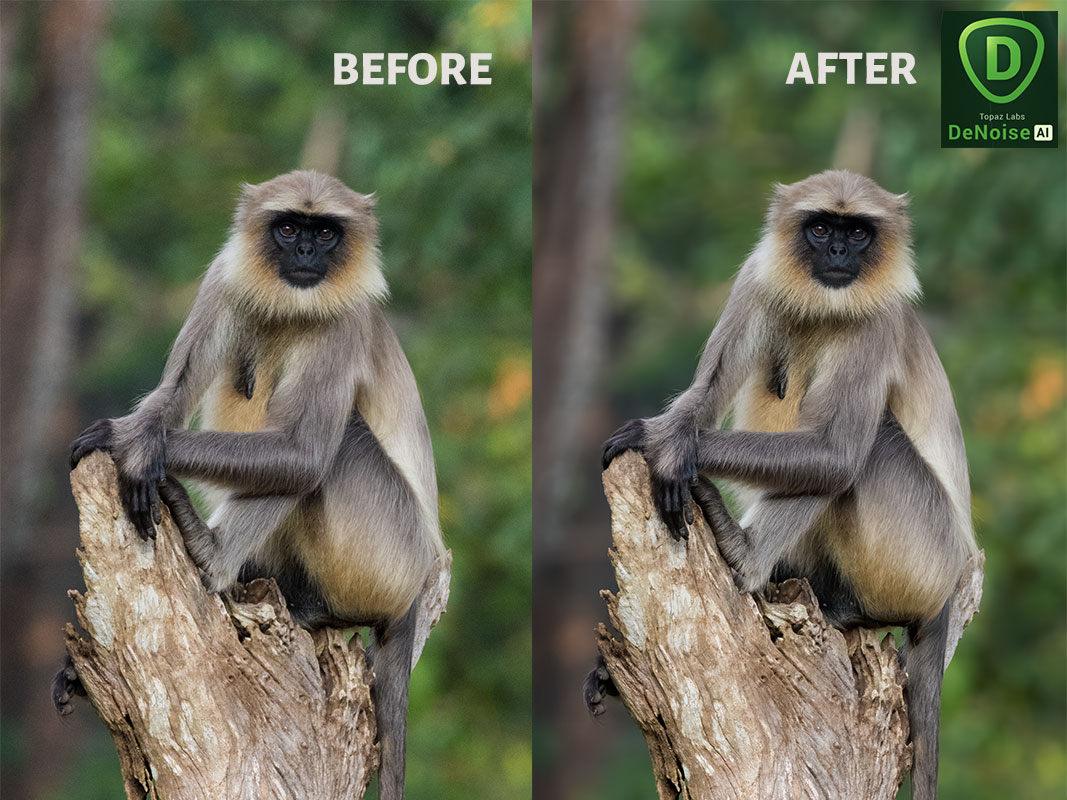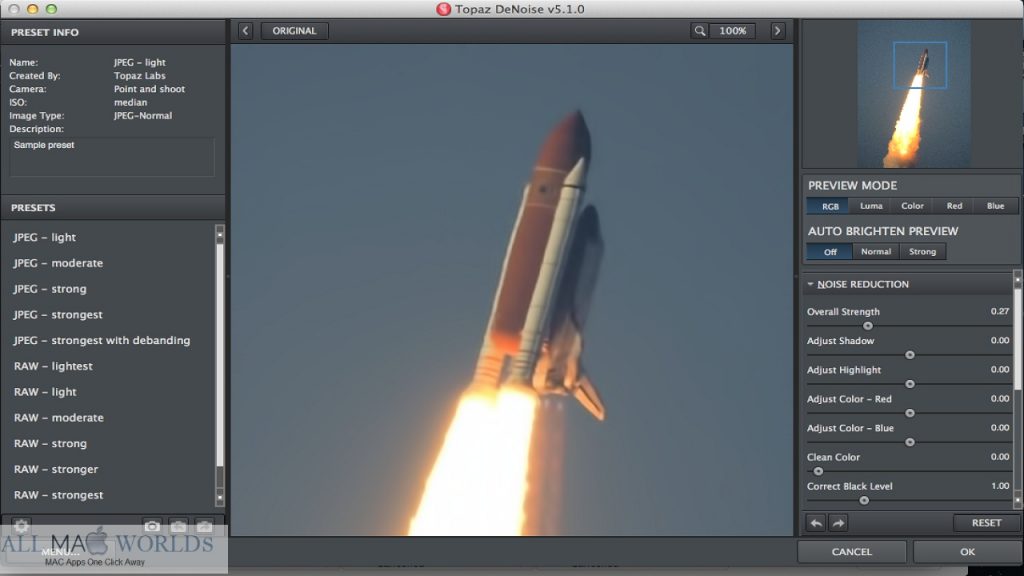
Hence we have emission nebulae (those that emit light) and reflection nebulae (those that reflect light). We see light inside the telescope tube because atoms of gas in the nebula emit photons themselves or reflect photons coming from other sources. Later I learned that the Earth’s atmosphere distorts it like this. When I saw the star twinkle through the telescope I actually thought it was the star that changes shape.

It is not possible to see on a static image but is very clear on the video.

The turbulence of the lunar surface as seen through the Earth’s atmosphereīoth videos above were recorded at 30 frames per second to demonstrate atmospheric turbulence. This happens because there is less atmosphere straight above us than there is if we look toward the horizon.

The closer to the zenith it is, the more stable it looks. You may have noticed that the lower the star to the horizon the more it twinkles. This twinkling comes from turbulent air that refracts light beams and disperses them over an area. When we look up into the night sky we see stars twinkle. The first hurdle the light needs to overcome is the Earth’s atmosphere. The mathematical function that describes how light is spread over an area is called the point spread function. The light from each star is “spread” over an area. When we look closely at our photos, stars appear as bright discs covering multiple pixels. If the light traveled straight and did not experience any interference, all stars on our images would appear as single-pixel dots. Unfortunately, it does not and I am not implying gravitational lensing by the black holes. When we point our telescopes to the sky, we expect photons to travel in a straight line from the distant object to our camera sensor. Richardson-Lucy deconvolution algorithm.The optical system inside the telescope.Images on the right are deconvolved, or “sharpened” to reveal the details. Images on the left are the best frames straight out of the telescope after stacking. In this post, we will cover astrophotography only.īelow are two sets of images. Even your iPhone pictures can get sharper with deconvolution, I bet you didn’t know that. It applies to any image acquisition process, including microscopy and regular photography. My hope is by revealing how the tools work, more people will gain confidence in using them.ĭeconvolution is not unique to astrophotography. In this post, I will explain, in basic terms, what deconvolution is and cover a few popular apps.

I am a fan of a reasonable amount of deconvolution in the image processing workflow. There are different opinions on whether it is an acceptable tool or plain vanilla cheating. Scientifically, it is called deconvolution. Colloquially, folks refer to it as sharpening or deblurring. This post is about one aspect of image reconstruction that removes blur. As such, most hobbyists roll with the punches, collect the data they can, then pull the details in post-processing. We don’t have the luxury of waiting for perfect conditions, nor can we photograph from space. Even if we get everything tuned in on the telescope, the Earth’s atmosphere has the final say. The best image, among many things, requires perfect polar alignment and compensation of the Earth rotation, millimeter-accuracy of back-focus distance, camera sensor must be perfectly flat against the focal plane, telescope focus must be perfect in variable temperature conditions, and many more things. We photograph dim distant objects, thousands of light-years away, moving around the sky. Astrophotography is arguably one of the most complicated types of photography due to the number of variables impacting the image quality.


 0 kommentar(er)
0 kommentar(er)
